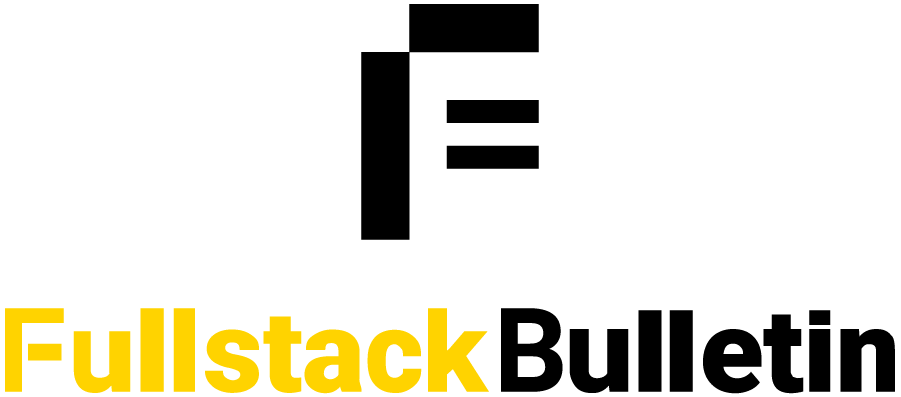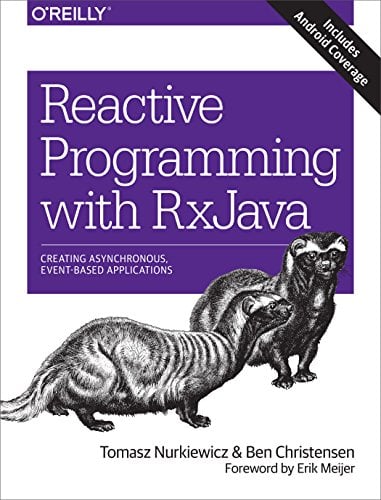|
 |
What's up, *|LIST:NAME|*
This is issue #339 and, spoiler alert: it's great! Not just because we start with a pizza-related quote 🍕, but because we have another issue packed with interesting resources. And as a bit of a meta-resource, the first one is a collection of resources that can help you to save a lot of money on day-to-day tools. Then we deep dive into topics such as animations, sustainability, reactivity, observability, and more. Have fun and make sure to check out our kind sponsors. They have a very cool product and they help us to make Fullstack Bulletin happen. ❤️
|
This issue is kindly sponsored by: |
“Programming languages, like pizza, come in only two sizes: too big and too small“ — Eric S. Raymond , Software Developer |

|
|
Who doesn't like free things? I don't know but I can tell you who certainly likes free things: web developers! This fantastic project curates a wide collection of services offering generous free tier plans. This ranges from cloud service providers to CMS, CI/CD tools, security, testing, and more. Read article
|
Animation is the new deal when it comes to impressive web designs. But if you want to push things even further, you go and add some 3D and make all of that animated. If you don't think this can be impressive, check out Theatre.js, a free and open-source project that, with its visual animation editor, makes it very easy to animate 3D web projects. Read article
|
Sustainability is something we should all think about more. Everything in our lives should be reconsidered with a sustainability lens! And this applies to the art of web development too, of course! It's great to see that the W3C is coming up with a spec to define what a sustainable web should look like. This comes in the form of the Web Sustainability Guidelines (WSG). The 1.0 is out and it covers a wide range of recommendations for making websites and products more sustainable. Following these guidelines which utilize environment, social, and governance (ESG) principles throughout the decision-making processes, you can minimize your environmental impact through a mixture of user-centered design, performant web development, renewable infrastructure, and a sustainable business strategy. It might be long, but it's definitely worth a read. Read article
|
Reactivity is how systems react to changes in data. It is a core principle in web development. Just think about the most modern web frameworks and how they try hard to abstract the complexity of deciding when and what to re-render in the view layer. This article deep dives into some of the most important reactivity patterns. This will allow you to understand your favourite web frameworks much more deeply and to get the best out of them. Read article
|
Explore modern application development with microservices for flexible deployment options while minimizing user experience disruptions due to potential failures. Gain insights into progressive delivery methods and proven techniques for faster and more confident application enhancements and updates. Read Article |
As Shakespeare would say: "CommonJS (CJS) or EcmaScript Modules (ESM)? That is the question!" 🤌💀
Actually, this is not coming from William Shakespeare but from our friend Matt Pocock. In this video, Matt talks about the bane of our existence as modern JavaScript developers: why do we have 2 different module systems and which one should we use? It's certainly opinionated, but it's a great vid! Check it out! Watch video
|
I have spent a lot of time professionally thinking about observability and I do have a feeling that as developers we always tend to underestimate how important it is for any web project. This is maybe because observability tools are geneally quite complex and expensive. I am very excited about this project because it seems a quite serious contender in the observability space and the best part is that it's open source, so regardless how you write your own apps and where you host them, you should be able to easily bring this tool with you and pay only for the storage. View Repository
|
Do you minify your JavaScript frontend code for production? If not, well... you should! But which tool provides the best JS minification results? Not an easy question, but if you really want an answer, this repository comes very handy. It provides benchmarks for tools such as babel-minify, esbuild, terser, uglify-js, swc, google closure compiler, and tdewolff/minify. Ok, can you guess which one is the best before checking the repo? 😛 View Repository
|
|
Reactive Programming with RxJava: Creating Asynchronous, Event-Based Applicationsby Tomasz Nurkiewicz |

|
In today’s app-driven era, when programs are asynchronous and responsiveness is so vital, reactive programming can help you write code that’s more reliable, easier to scale, and better-performing. With this practical book, Java developers will first learn how to view problems in the reactive way, and then build programs that leverage the best features of this exciting new programming paradigm. |
|
If you are bored, maybe this will help! 👇 |
👋 That’s all for this week. See you next Monday! Greetings from your full stack friends Luciano & Andrea |
| If you enjoy FullStack Bulletin, consider sharing this newsletter with your friends and colleagues.
If there's something we can improve, let us know!
You can also sponsor the next issue! |
|
|
|
|
|
|
|
|
Add a comment: